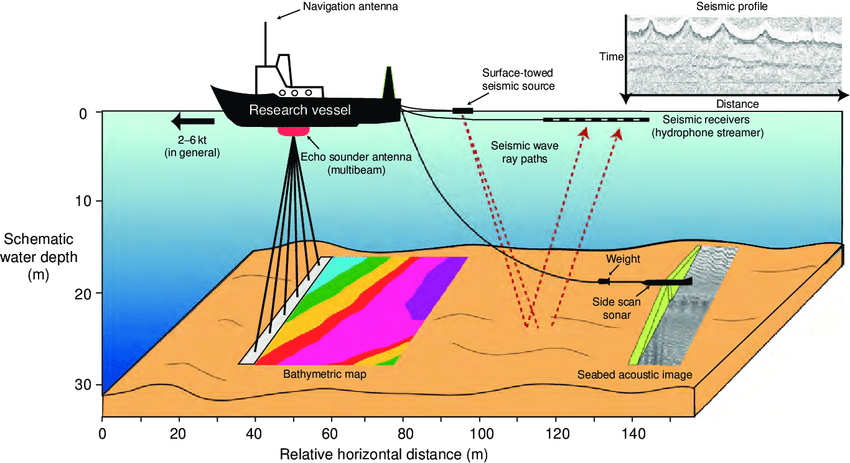All Categories
Featured
Table of Contents
Laurel Environmental Associates, Ltd - Geophysical Survey in Coolbellup WA 2022
Much of the image includes blank locations now with little or no radar response. The "yard" wall is still showing highly, nevertheless, and there are continuing recommendations of a hard surface area in the SE corner. Time slice from 23 to 25ns. This last piece is now almost all blank, but a few of the walls are still revealing strongly.
How deep are these slices? Unfortunately, the software I have access to makes approximating the depth a little difficult. If, however, the top 3 slices represent the ploughsoil, which is probably about 30cm think, I would think that each piece is about 10cm and we are only getting down about 80cm in overall.

Fortunately for us, the majority of the sites we are interested in lie simply below the plough zone, so it'll do! How does this compare to the other techniques? Comparison of the Earth Resistance data (top left), the magnetometry (bottom left), the 1517ns time slice (top right) and the 1921ns time slice (bottom left).
Archaeology Arch 1 - Geophysical Survey Flashcards in Waikiki WA 2023
Magnetometry, as talked about above, is a passive method measuring regional variations in magnetism versus a localised zero worth. Magnetic susceptibility survey is an active strategy: it is a step of how magnetic a sample of sediment could be in the presence of a magnetic field. How much soil is evaluated depends upon the diameter of the test coil: it can be really small or it can be fairly large.
The sensing unit in this case is really little and samples a tiny sample of soil. The Bartington magnetic vulnerability meter with a large "field coil" in use at Verulamium during the course in 2013. Leading soil will be magnetically boosted compared to subsoils merely due to natural oxidation and reduction.
By determining magnetic vulnerability at a fairly coarse scale, we can find locations of human occupation and middens. We do not have access to a reputable mag sus meter, but Jarrod Burks (who helped teach at the course in 2013) has some exceptional examples. One of which is the Wildcat website in Ohio.
What Are Geophysical Surveys & Why Do They Matter in Waterford Oz 2021
These villages are typically laid out around a central open location or plaza, such as this reconstructed example at Sunwatch, Dayton, Ohio. Sunwatch Town, Dayton, Ohio (photo: Jarrod Burks). At the Wildcat site, the magnetometer study had found a range of features and homes. The magnetic vulnerability study helped, nevertheless, define the main location of occupation and midden which surrounded the more open area.
Jarrod Burks' magnetic susceptibility survey arises from the Wildcat website, Ohio. Red is high, blue is low. The strategy is therefore of fantastic use in defining locations of basic occupation instead of recognizing particular functions.
Geophysical surveying is an applied branch of geophysics, which uses seismic, gravitational, magnetic, electrical and electro-magnetic physical approaches at the Earth's surface to measure the physical residential or commercial properties of the subsurface - Frequently Asked Questions in Balga Aus 2023. Geophysical surveying methods normally measure these geophysical properties in addition to anomalies in order to assess various subsurface conditions such as the existence of groundwater, bedrock, minerals, oil and gas, geothermal resources, voids and cavities, and far more.
Table of Contents
Latest Posts
Geophysical Survey - Mining Fundamentals in Mahogany Creek Aus 2023
How To Become A Geophysicist in South Fremantle Oz 2022
Field Geophysicist - Parsons Careers – Engineered Systems in Ballajura Aus 2021
More
Latest Posts
Geophysical Survey - Mining Fundamentals in Mahogany Creek Aus 2023
How To Become A Geophysicist in South Fremantle Oz 2022
Field Geophysicist - Parsons Careers – Engineered Systems in Ballajura Aus 2021